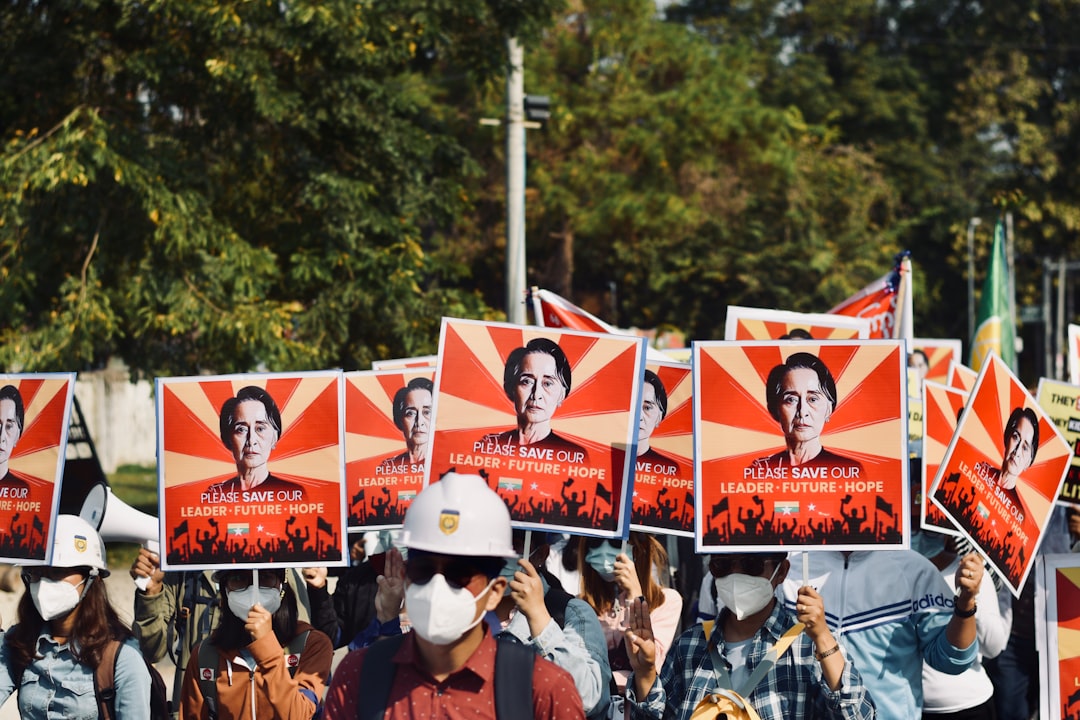Enduring Power: Why PM Ishiba’s Grip Remains Unshaken Amid Tokyo Assembly Turmoil
In the high-stakes chessboard of Japanese politics, Prime Minister Shigeru Ishiba has proved, once again, that short-term setbacks rarely dislodge entrenched power—especially when backed by party machinery and national momentum. Despite an undeniable setback in the recent Tokyo assembly vote, Ishiba’s political calculus and deep party roots keep him firmly in control, underscoring how regional defeats don’t always foreshadow national change.
Beyond the Ballot: Context Behind the Setback
The Tokyo assembly vote was watched closely by political analysts as a bellwether for national sentiment. The ruling party’s underperformance drew swift headlines about waning popularity, but these often miss the enduring realities of Japanese electoral politics:
- Centralized Leadership: The Prime Minister’s authority isn’t easily undone by local shifts. Strong ties to the bureaucratic apparatus and coalition partners insulate Ishiba.
- Fragmented Opposition: Japan’s opposition remains divided, lacking both a charismatic figure and cohesive strategy to convert regional successes into real national threats.
- Structural Advantages: The dominance of the ruling party (LDP) in rural regions, where vote weight is disproportionately high, continues to be Ishiba’s secret weapon.
Table: Pros and Cons of Ishiba’s Continued Dominance
| Pros | Cons |
|---|---|
| Policy stability and predictability | Risk of stagnation or reform fatigue |
| International confidence | Perception of unaccountability |
| Experience in crisis management | Potential disconnect from urban voters |
| Strong party discipline | Complacency toward grassroots demands |
Not Just a Tokyo Story
Ishiba’s political resilience signals a persistent dilemma in Japanese democracy: popular discontent in urban centers rarely translates into actionable power shifts. Tokyo, while a global city, doesn’t decide general elections. Regional and rural strongholds—and the party’s hold over them—still matter most.
Moreover, Ishiba’s pragmatic leadership style appeals to a wide spectrum of voters who prize steadiness, especially in uncertain times. In an era marked by global economic turbulence and shifting security dynamics, voters may prefer familiar hands at the wheel.
The Big Picture: Lessons and Looking Forward
Japan’s political system rewards consistency, not volatility. As long as opposition parties remain fractured and the ruling bloc maintains its coalition deals, regional electoral tremors are unlikely to topple Ishiba.
But there are lessons for all: The ruling party cannot ignore urban grievances forever. Demographic shifts, youth disillusionment, and increasing calls for transparency may eventually force more responsive, innovative governance. For now, Ishiba remains emblematic of the difficult balance Japan must navigate between tradition and transformation.
Surprising Fact: Despite being seen as an establishment figure, Ishiba’s reputation for detail-oriented policy work and direct communication has often set him apart from his predecessors—offering an unexpected resilience even in hostile electoral environments.
This article was inspired by the headline: 'Japan PM Ishiba remains firmly in driver’s seat despite setback in Tokyo assembly vote'.

Comments
No comments yet. Be the first to comment!